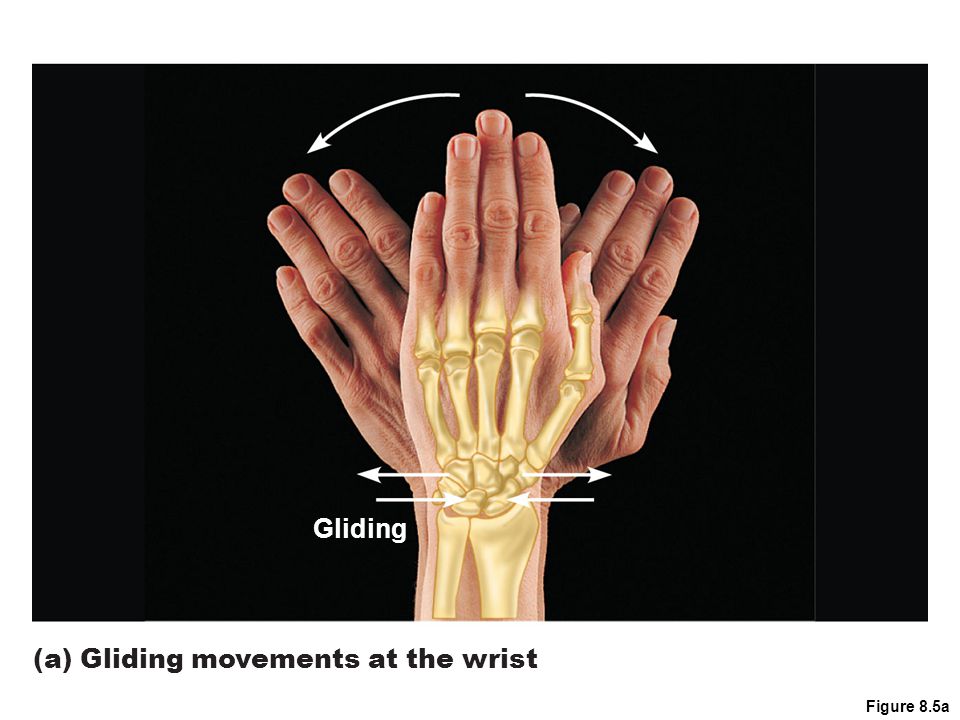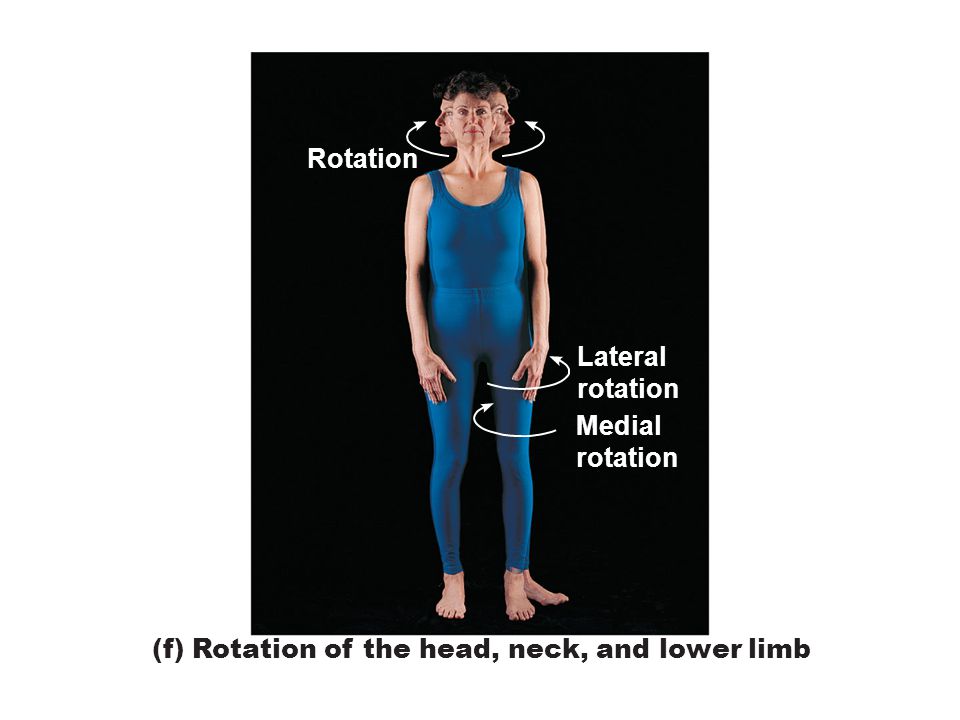Anatomy Final compilation
What are all the different types of synovial joints
- Plane
- Hinge
- Pivot
- Saddle
- Ball and Socket
- Condyloid

Plane Joint
bones with articulating surfaces that are flat or slightly curved,
allowing for limited movement; pivot joints consist of the rounded end
of one bone fitting into a ring formed by the other bone to allow
rotational movement. Non axial movement
Ex: intercarpal joints,
intertarsal joints

Hinge joint
act like the hinge of a door; the slightly-rounded end of one bone
fits into the slightly-hollow end of the other bone; one bone remains
stationary. uni axial movement
ex: elbow
1360641304119.jpg)
Pivot joints
rounded end of one bone fitting into a ring formed by the other bone.
This structure allows rotational movement, as the rounded bone moves
around its own axis. uni axial movement
ex:Proximal radioulnar
joints, radius-ulna

Condylar Joint
an oval-shaped end of one bone fitting into a similarly oval-shaped
hollow of another bone.allows angular movement along two axes. Bi
axial movement
ex: knuckle joints and wrist joints

Saddle joint
Each bone in a saddle joint resembles a saddle, with concave and convex portions that fit together. Saddle joints allow angular movements similar to condyloid joints, but with a greater range of motion. Bi-axial movement
example: the thumb joint, which can move back and forth and up and down; it can move more freely than the wrist or fingers .

Ball and socket joint
Ball-and-socket joints possess a rounded, ball-like end of one bone fitting into a cup-like socket of another bone. This organization allows the greatest range of motion, as all movement types are possible in all directions. Examples of ball-and-socket joints are the shoulder and hip joints .
Flexion, extension and hypertension

flexion- a bending movement that decreases the angle of the joint and brings the articulation bones closer together
Extension- the reverse of flexion. increases the angle between the articulating joints & typically straightens the a flexed limb
hyperextension- continuing such movement beyond the anatomical position
Gliding

Occurs when one flat, or nearly flat bone surface glides or slips over another. Occurs in wrist
Rotation

The turning of a bone around its own long axis. Rotation may be directed toward or away from midline.
Abduction and Adduction

Abduction: Movement of a limb away from the midline or median plane of the body Ex: raising arm or thigh
Adduction: Opposite of Abduction. Movement of a limb towards the midline or body
Circumduction

The moving of a limb so that it does a cone in space. The distal end of a limb moves in a circle, while the point of the cone is more or less stationary
Pronation and supination

Refers to the movement of radius around the ulna.
Supination: Rotating the forearm laterally so that the palm faces anteriorly or superiorly
Pronation: the forearm rotates medially and the palm faces posteriorly or inferiorly. The two bones form an X
Dorsiflexion and Plantar Flexion

Dorsiflexion: Lifting the foot so that its superior surface approaches the shin
Plantar Flexion: Depressing foot. (pointing toes)
opposition

Thumb. This movement is the action taken when you touch your thumb to the tips of other fingers on the same hand
Protraction and Retraction

Protraction: nonangular anterior movements
Retraction: Nonangular posterior movements
Elevation and Depression

Elevation: lifting a body part superiorly
Depression: Moving the elevated part inferiorly
Diffusion
Osmosis
Concept of selective permeability
Passive transport
Active transport